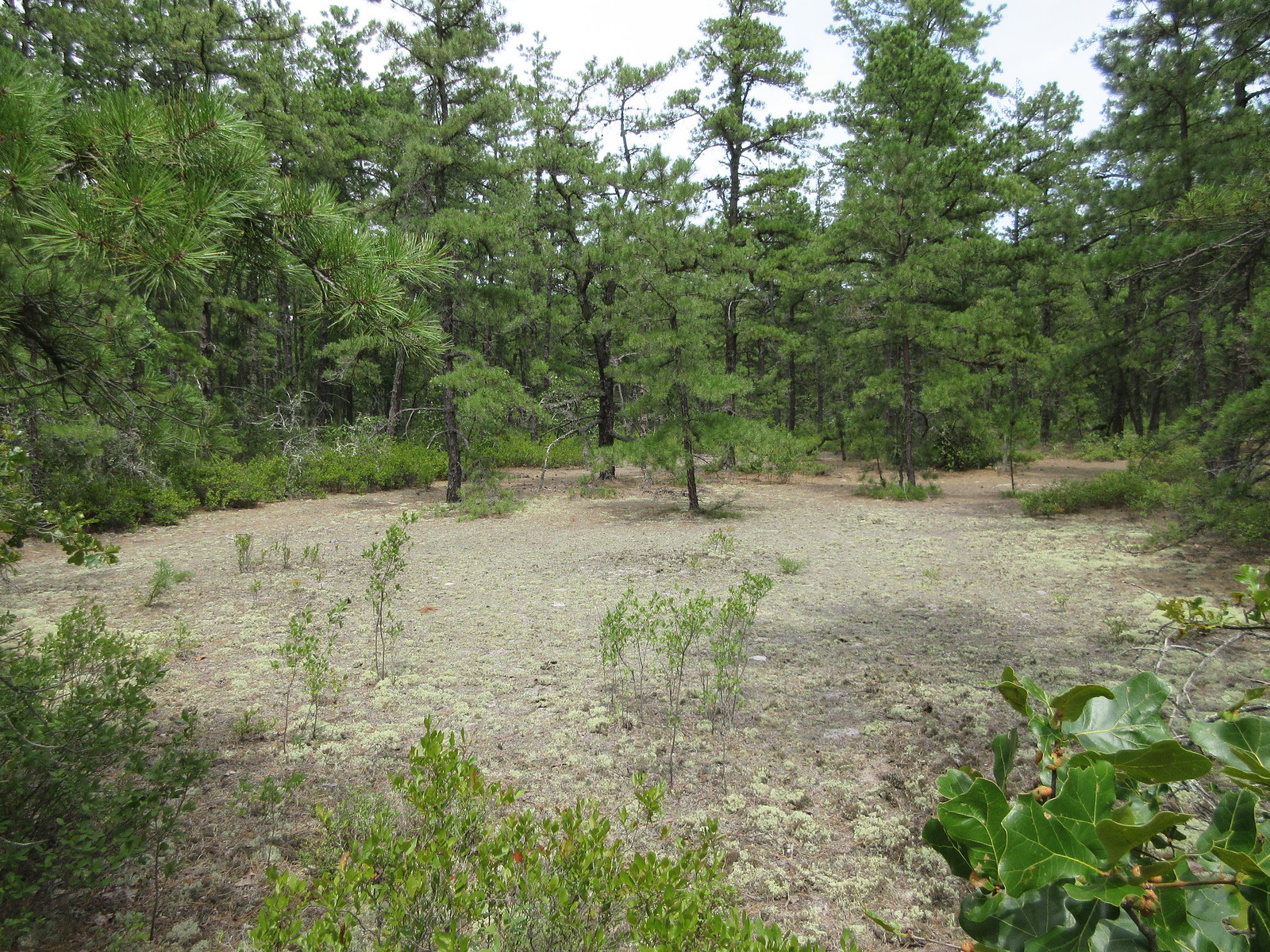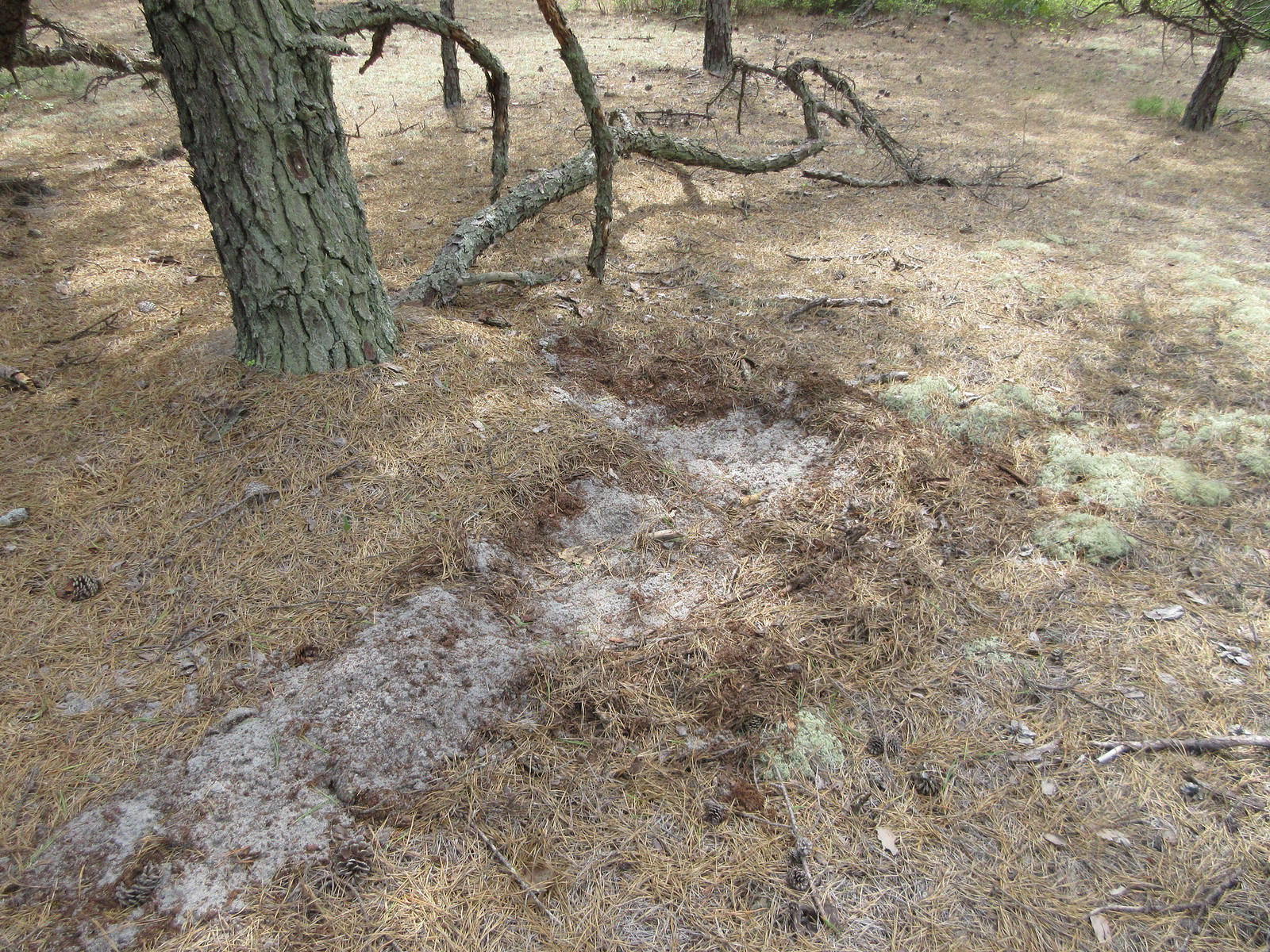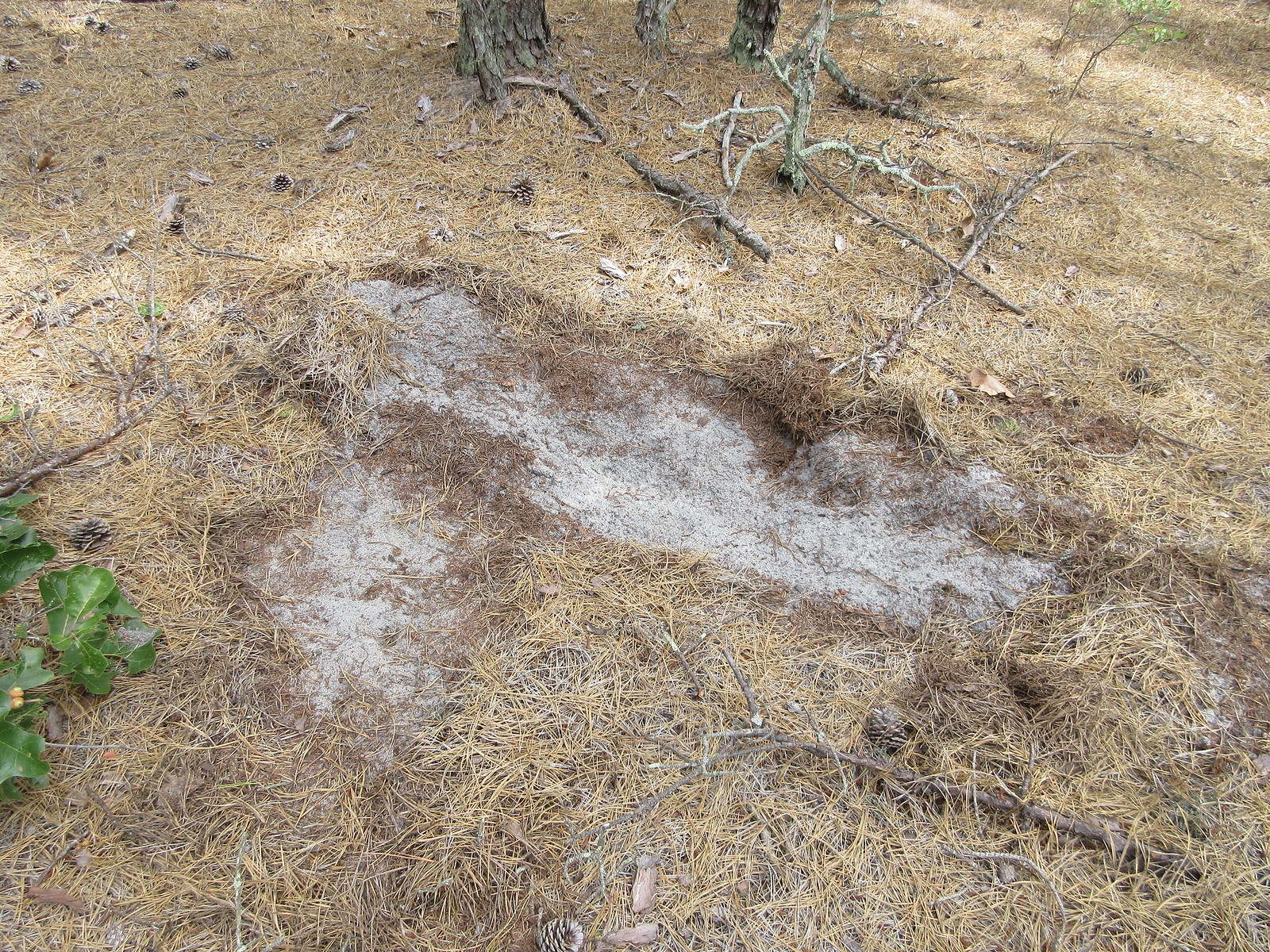The term ‘periglacial’ was coined in 1909 by Walery von Lozinski to describe the intense weathering of sandstone in the Carpathian Mountains of Poland. The Carpathians is where my mom’s side of the family is from (Lemko people, a Ukrainian sub-group). Lozinski noted cracked boulder fields like the ones we see in New Jersey’s Sourlands and around Princeton. The boulders were not glacial till, but shattering byproducts caused by intensely cold desertlike conditions that existed beyond the ice sheets.
There are really no good modern analogs for Lozinski use of periglacial since we experienced mid-latitude past permafrost and deep seasonal frost. See my extended NASA abstract and American Geophysical Union poster for geeky details:
Suffice it to say that ice age environments are terrible places for humans – cold, dry, windy, and dusty places. They are the evil antithesis to global warming. The Pleistocene climate was unstable. There were wild swings in temperature and precipitation that made things difficult to establish stable plant communities.
FULL ICE AGE CONDITIONAL TERMS:
Glacial Environment – The area covered by the Laurentide Ice Sheet (above Turnpike Exit 11).
Proglacial Environment – The narrow strip of land just in front of the Ice Sheet (between Turnpike Exits 9–11; Long Island).
Periglacial Environment – The area not covered by ice (South Jersey), but greatly influenced by the Ice Sheet.
During the coldest episodes, Pine Barrens ground was frozen solid year-round in permafrost, with only the top couple feet thawing in summer. Permafrost, a condition, simply means that the ground remains below 32º F for at least two years. Do not confuse this term with ground ice, which may or may not be present in permafrost. A rock that remains below 32º F for at least two years is in permafrost. Frozen ground extended southward to the North Carolina border with isolated patches of permafrost, and intense deep seasonal frost continued even further south. Deep seasonal frost is a periglacial environment too.
South Jersey is a unique landscape, being the only ice marginal, periglacial coastal plain in North America. Its great biodiversity and unusual cultural adaptation can be attributed to South Jersey's great geodiversity – a periglacial heritage.
S-M
Pineys “know that their environment is unusual and they know why they value it”
John McPhee 1968: 56
Geodiversity – Valuing and Conserving Abiotic Nature
Gray 2004










